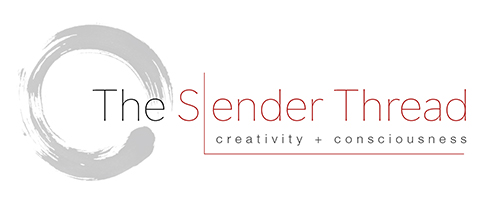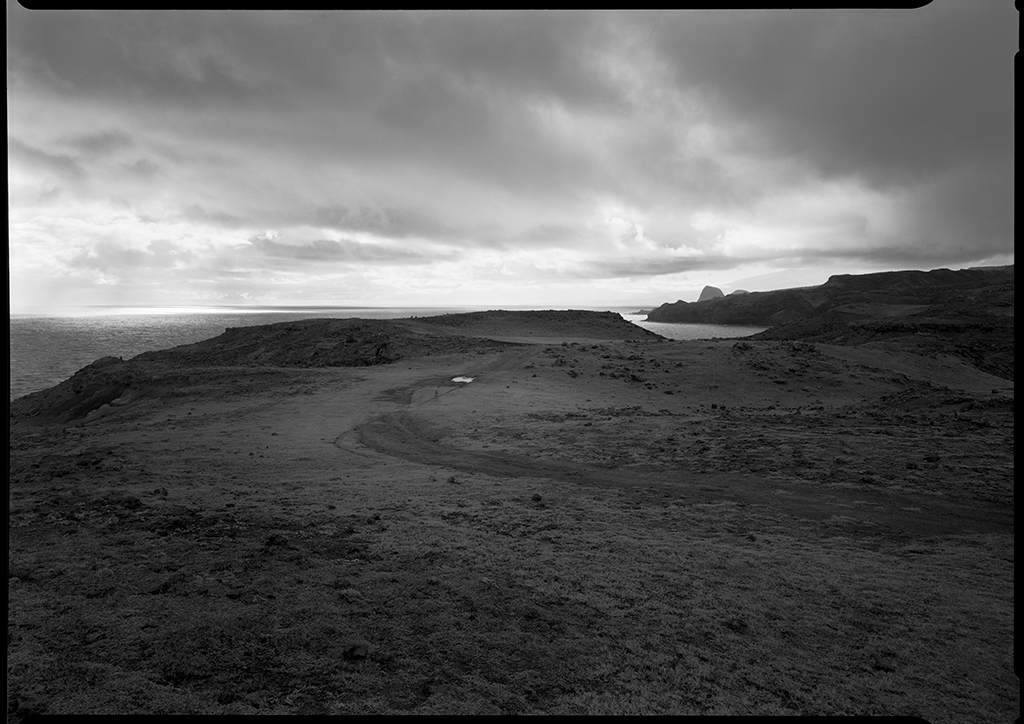***
We must have a direction, something that gets us out of the door: a question, a project, an aim, a burning necessity. Yet, we must leave room for discovery, for what we might find that grows spontaneously out of the moment. The answers are never as important as the questions. As Rilke advised: “Try to love the questions themselves ….” What are the questions that grow out of the very fabric of our lives? What is really our own, to be and to do? Who am I really?
***
We wish to be spontaneous; we wish to be free and even joyful in our creative expression. Yet, the greatest freedom comes through discipline; a rigorous approach to one’s work and one’s craft. Only after learning the mechanics of the craft and fully engaging the process of our work with our bodies, our hearts and our minds, can we hope to be truly creative.
***
The body, the mind and the feelings — each requires its own form of nourishment and feeding and each has its own form of intelligence. The creative act arises from an intentional relationship with this triad. We bring attention from the mind to the body; we locate ourselves in ourselves, in our physical being, in our center — we are here in this moment. From this action, feeling arises; not the emotional distractions which dominate our everyday lives, but a subtle taste of understanding, of the feelings as a doorway to the world or worlds, of the feelings as an instrument of discovery. We feel our way. All of this seems true. Yet, as we are, we are not enough; it is only in this opening to another world, to another influence, where something that needs to be born into this world comes through us, not from us, that we are truly creative and a participant in the ongoing movement of life.
***
It is often said that the artist is a solitary being. Is this really true? We do in fact need these moments of quiet connection to our inner world, away from the stresses and demands of our lives, in order to create. We need to engage ourselves and our own most deeply felt energies. And yet, we need others. By ourselves we are limited, too subjective, even distorted in our own viewpoint. When we gather together, something more is possible; there is more energy; more understanding is available. Something does pass between us as human beings, in our energy exchanges, that seems integral to the creative process.
***
It has been said in many traditional cultures in different ways: that in healing ourselves, we heal the planet, and in healing the world, we heal ourselves. In this respect, the world perhaps does need our inner work and creative efforts. We are, in fact, products of our own culture, our own era and our own environment. The more deeply we delve into ourselves and our own unique circumstances in the creation of art, the stronger and more authentic our work becomes. Yet, the paradox here is that the more deeply we penetrate through the masks which hide us from ourselves, the more universal this work becomes in its meaning. The implications of this are enormous in our post-modern world, which views the human as primarily conditioned by his/her culture. Beneath it all, black or white, man or woman, Asian or European, haole or local, straight or mahu, rich or poor — we are products of the human condition. Perhaps someday we will find that we are more alike in our humanness than we are different. The power of art and myth will not allow us to forget this.
***
There is another curious paradox: Isn’t there a direct proportional relationship between our ability to see and know ourselves and our ability to see and know the world. The greater the attention we can bring to ourselves, to seeing and knowing, the greater the attention we can bring to outer life; to see the world and others. As Henri Cartier-Bresson has observed in The Decisive Moment: “ To me, photography is the simultaneous recognition, in a fraction of a second, of the significance of an event as well as of a precise organization of forms which give that event its proper expression.
I believe that, through the act of living, the discovery of oneself is made concurrently with the discovery of the world around us which can mold us, but which can also be affected by us. A balance must be established between these two worlds — the one inside us and the one outside us. As the result of a constant reciprocal process, both these worlds come to from a single one. And it is this world that we must communicate.”
***
The study of history, of peoples and art from different cultures and epochs, is not a shallow academic exercise — it is essential to our locating ourselves in space and time — toward knowing ourselves. We need mirrors and we need contrasting elements to see ourselves with clarity. If we are only ensconced in our own milieu, we are too close to our own cultural conditions to see its pervasive influence clearly. We cannot deny that our culture is unique; it is our own creation, born of the times. And no matter how fractured and dysfunctional our civilization has become, it is our background, our field of discovery, the raw material for our work. Picasso, O’Keefe, or even the Beatles could not have existed centuries ago, anymore than Beethoven or Bach could exist today. As Minor White has said : “grow gracefully out of the background that has always been, and will always be, yours.”
Yet, is that all there is; isn’t there something more, something deeper in us? What in us transcends our culture, and our environment? Can art provide a means, a way toward searching for these more essential parts of ourselves?
***
It is in the nature of the creative process that we must nurture ourselves, support our own efforts toward creative expression, with kindness, compassion and the proper inner and outer conditions. Yet, in order for our creative energies to emerge, we need to challenge ourselves; we must be ruthless, we must do what it takes, not indulge our sly personal demons and push beyond our own perceived boundaries of limited understandings, abilities and tendencies. We must invite hard work, discipline and creative frustration; the ability to work things through, no matter what the level of difficulty. As Alfred Stieglitz said: ” to be more tolerant toward others, stricter with ourselves.”
****
We must remain committed to our own evolving point of view and have the courage to vigorously express our convictions and our most heartfelt beliefs in our work. Yet, we must be willing to look beyond ourselves, hear the ideas of others, take them in and allow them to act on us. We must allows ourselves to be influenced; by another’s work, their ideas and their concerns. This is the meaning of dialogue, and the root function of education. Further, real intuition is rarely for ourselves alone; it usually points toward our relatedness and our shared conditions. Isn’t it the Chinese that say there is always something ponderous and one-sided about the learning of the self-taught.
***
Our work, if it is to be authentic, must arise from our deepest impulses, our heartfelt responses, and our most significant, unique ideas. In other words, it must come solely from our own initiative. Yet, in some way, it must include an awareness of our audience; those that we are impelled to communicate with. Does my work communicate what I intend? Does it nourish, enrich, or challenge my audience — or does my work, or the process of making it, exploit another human being, or violate deeply held cultural beliefs or legitimate (we are not talking about censorship here) community standards, or provide poisonous impressions (as we generally agree, that much contemporary media is guilty of). We must balance personal initiative with responsibility.
In this context I am reminded of one of the most significant and stirring speeches that I have ever heard, from Vaclav Havel, the playwright President of the Czech Republic, in an address to the joint session of Congress in March of 1990: “ … the salvation of this human world lies nowhere else than in the human heart, in the human power to reflect, in human meekness and in human responsibility…Without a global revolution in the sphere of consciousness, nothing will change for the better in the sphere of our being as humans, and the catastrophe toward which the world is headed — be it ecological, social, demographic or a general breakdown of civilization — will be unavoidable. If we are no longer threatened by world war or by the danger that the absurd mountains of accumulated nuclear weapons might blow up the world, this does not mean that we have definitely won. We are still incapable of understanding that the only genuine backbone of all our actions, if they are to be moral, is responsibility. Responsibility to something higher than my family, my country, my company, my success — responsibility to the order of being where all our actions are indelibly recorded and where and only where they will be properly judged.”
I can only wish that we, as artists, educators and students, might begin to understand and feel the meaning and challenge of these powerful words and ideas.

